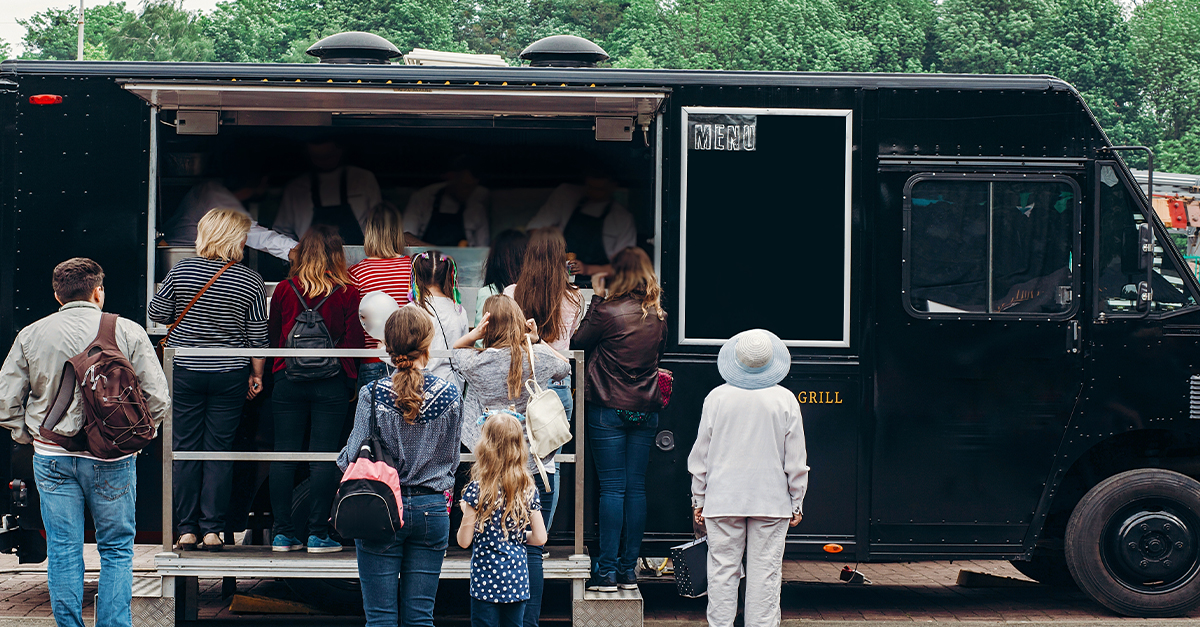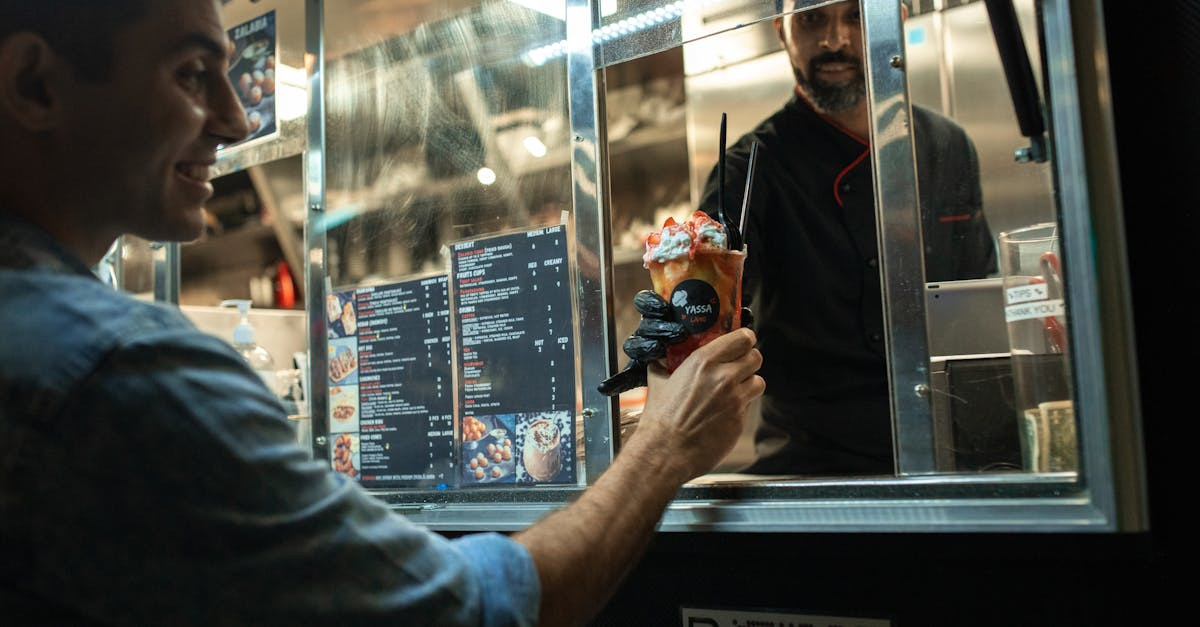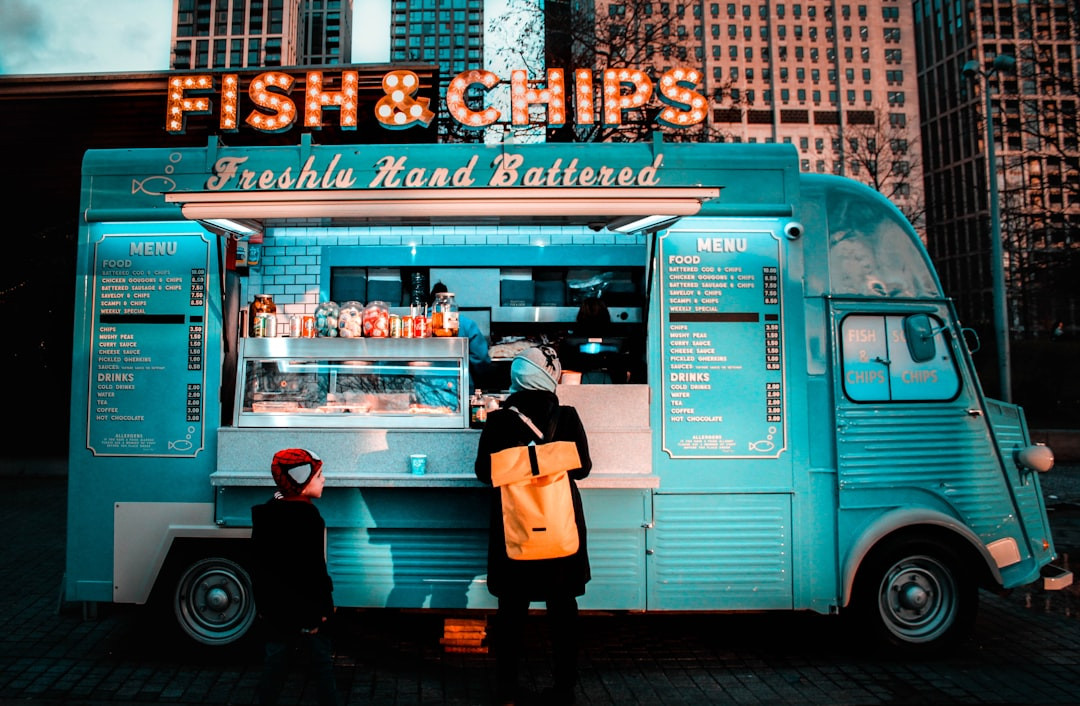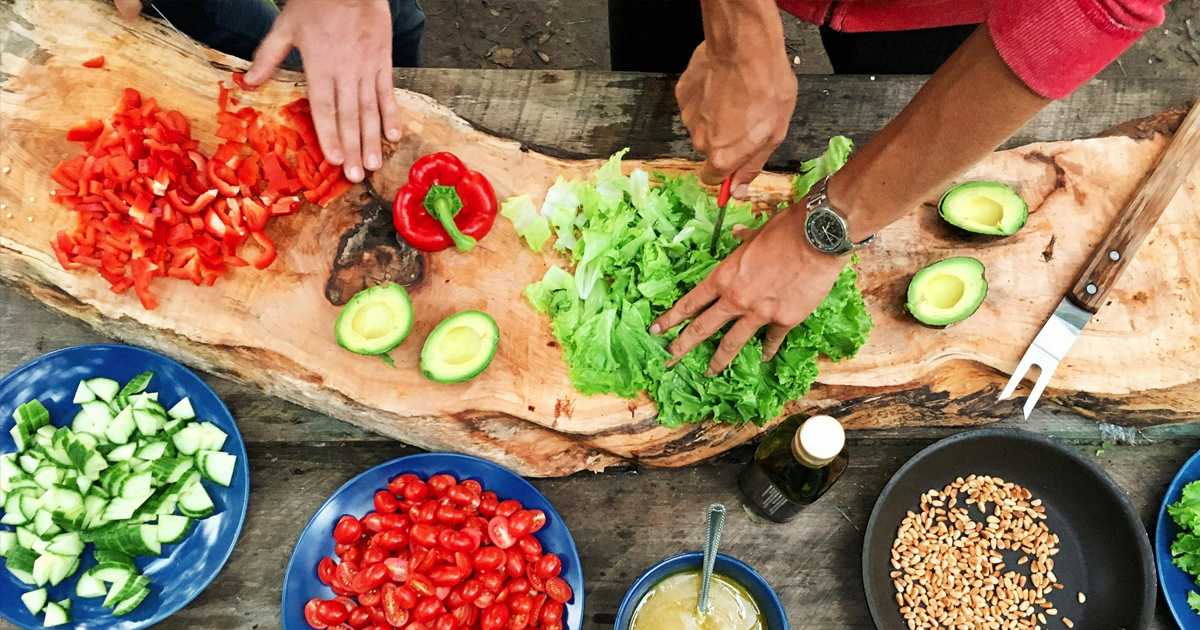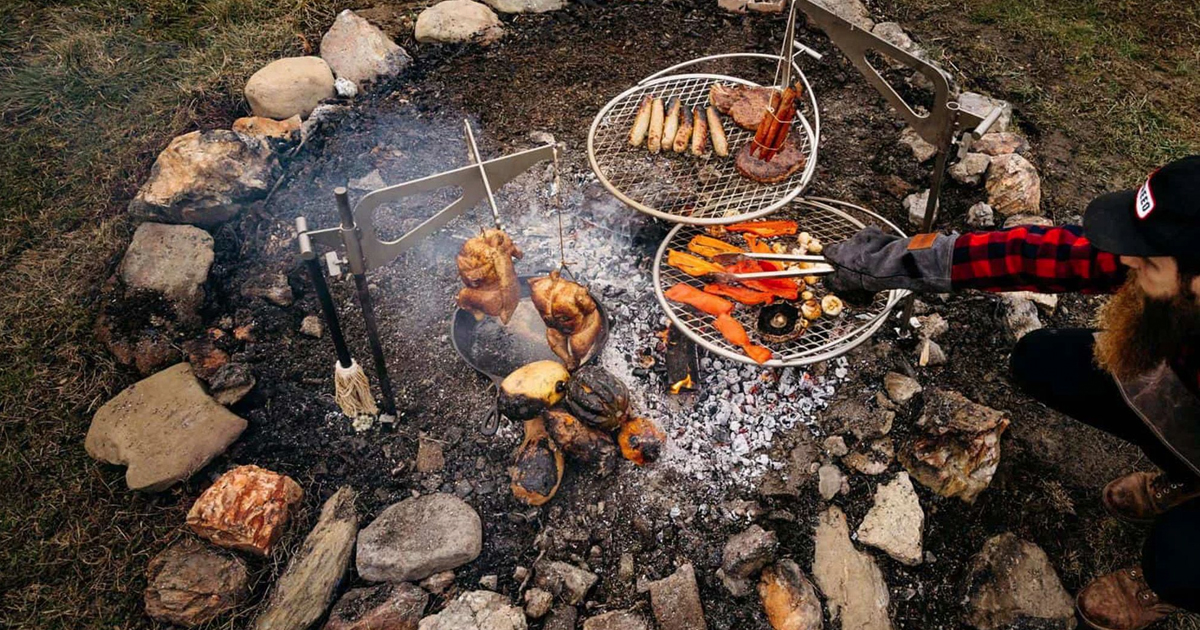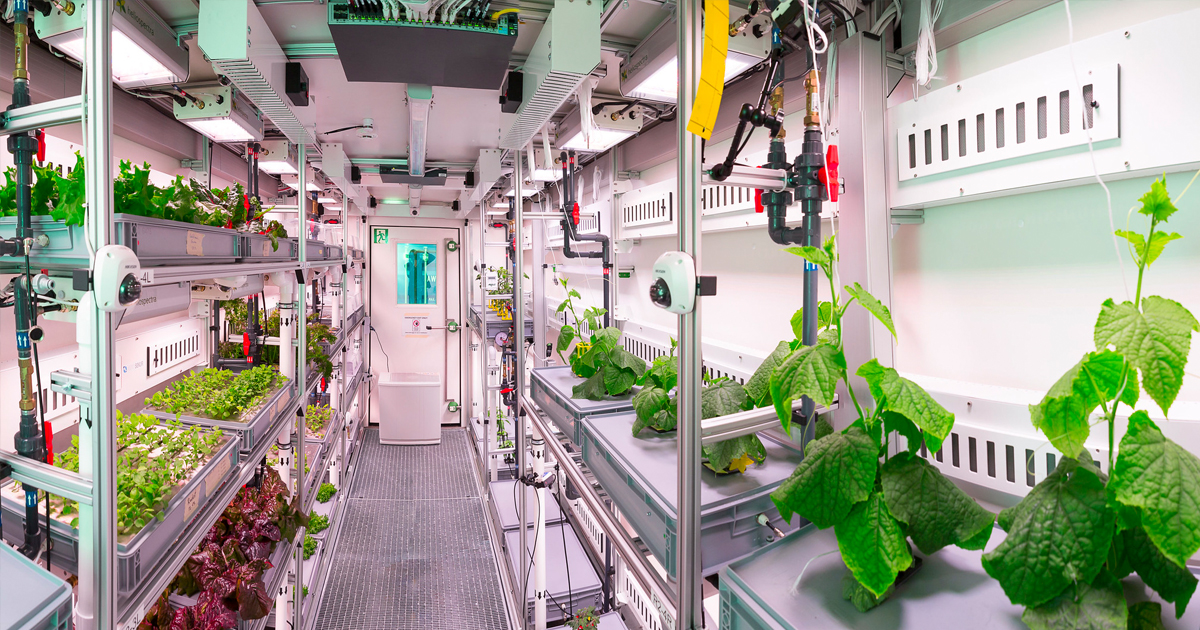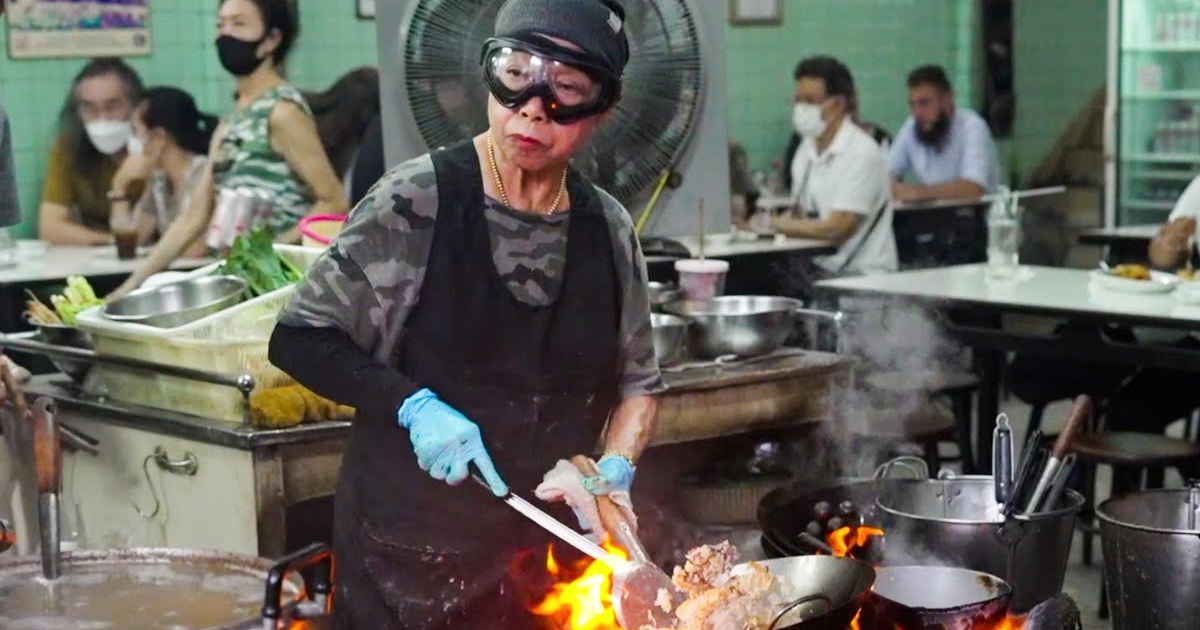Running your own food truck sounds amazing: freedom, flexibility, and the joy of sharing great food with the world. But food truck life is filled with costs, competition, and complications that many didn’t expect. Let’s look closer at the benefits, challenges, and keys to success for aspiring food truck owners in the US.
Lower Startup Costs
One big draw of a food truck is the smaller initial investment needed in comparison to a restaurant. Opening a traditional restaurant can cost $250,000 or more, but a food truck typically requires $75,000 to $150,000. This includes the truck itself, equipment, permits, branding, and startup inventory. Getting a used truck can lower this total, but customization and repairs can also add up in a hurry.
The Kitchen: Have It Your Way
Food trucks offer great freedom for both cuisine and location. If you feel like selling Korean tacos at a music festival on Saturday and gourmet donuts by an office park on Monday, you can do it. The flexibility makes food trucks a great testing ground for new ideas without the financial risk of a permanent location. A lot of chefs have built their brand before opening a restaurant.
Permits, Licenses, And Red Tape
Every city has rules for food trucks, and getting permits in place can be a full-time job. You’ll most likely require a health department license, fire inspection, parking permit, business license, and food safety/handling certifications. Some cities have strict rules about where and when you can operate. Lacking a single permit can mean you’re out a bunch of money, or worse, getting shut down.
Hidden Costs That Can Add Up
Aside from the upfront investment, operating expenses can strain your budget. These are things like fuel, truck maintenance, insurance, commissary kitchen rental, parking fees, and waste. A breakdown can put you out of business for days or even weeks. Reliable access to a licensed kitchen, often a legal requirement, adds another cost that many new owners underestimate.
Location And Timing Go Together
A great product is essential, but you also need foot traffic. Prime locations can be very competitive or highly regulated. Developing a loyal following requires that you’re visible, consistent, and available during peak hours. Your ability to read the local market, weather patterns, and event calendars can make the difference between success and failure.
Marketing And Brand Identity
The most successful food trucks are the ones that build a memorable brand. This means a catchy name, distinctive logo, eye-catching truck design, and a solid social media presence. Posting real-time updates about your specials and where you’re going to be is critical for building your following. Word-of-mouth helps, but online engagement can be the real make-or-break factor of gaining visibility.
It's No Picnic
Behind the scenes, food truck life is intense. You’ll spend long hours prepping, cooking, driving, cleaning, shopping, and fixing equipment. The inside of a food truck is usually a pretty hot, cramped place. It’ll make major demands on your physical and mental capacities, especially in the early going when you’re still getting to know the ropes and establishing a customer base.
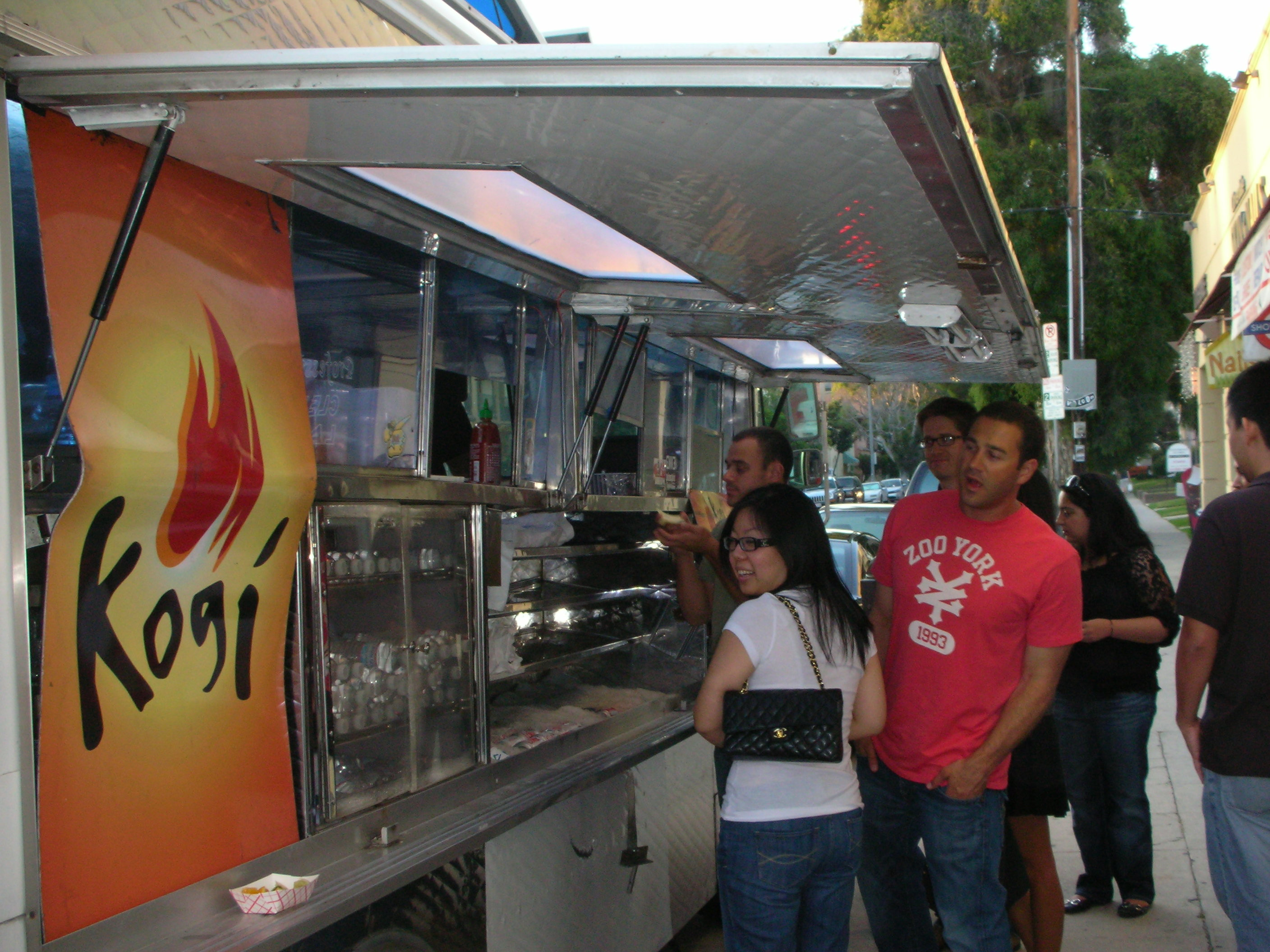 Sherry Main from USA, Wikimedia Commons
Sherry Main from USA, Wikimedia Commons
Food Truck Success Stories
Some of America’s most iconic food brands started their life cycle as food trucks. Kogi BBQ in Los Angeles changed the scene with Korean-Mexican fusion and social media marketing. The Halal Guys in New York and their gyro cart turned themselves into a global franchise. Clover Food Lab in Boston made smart use of data to become a regional vegetarian powerhouse. Their success shows the potential of food trucks when done right.
You May Also Like:
The Avenger's Shawarma Is Real—Here's Where To Get It
The Regional Origins Of Italy’s Most Famous Dishes

